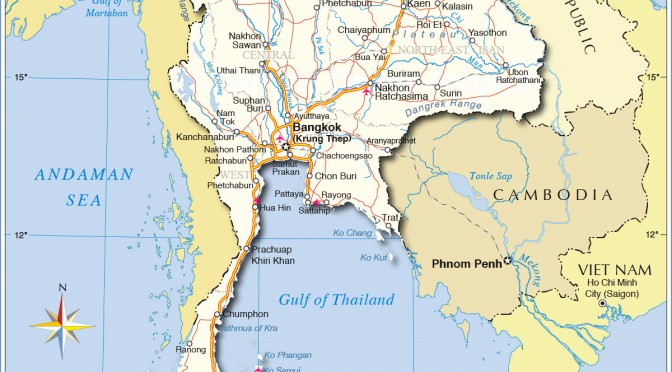The prospects for wind energy are promising in Thailand, which has the technical potential for onshore wind capacity of 13-17 GW.
New regulation must be put in place to pave the way for the energy transition in Thailand and address issues that will challenge project development such as clear and ambitious targets, supportive and transparent policy structures, optimised Feed-in-Tariff (FiT), grid and transmission infrastructure, updated national knowledge on wind resources and review of land location rules;
Increasing the country’s wind energy target to an additional 7 GW and putting in place the corresponding policy frameworks will ensure that wind projects can develop efficiently to put Thailand on a firm path towards clean and competitive energy for all, which is essential for the country’s energy security as population and power demand will increase significantly in the next decade.
The Thai wind power industry is confident to deliver wind projects at below 2.99BHT/kWh; Further reduction of FiT is possible below 2.5 BHT/kWH, if further government supports on streamlining project permitting process and other measures given.
The Global Wind Energy Council (GWEC), Thailand Wind Energy Association (ThaiWEA) and United States Agency for International Development (USAID) joined forces in Bangkok to hold the first Thailand Wind Energy Roundtable. This roundtable discussion brought together Thai government stakeholders and industry players active in the region to constructively discuss how to strengthen onshore wind development in Thailand. With 1.5 GW of onshore wind already installed, the country has a technical potential of 13-17 GW which could be developed by increasing target ambitions and support schemes for wind energy in Thailand’s Power Development Plan (PDP).

This half-day roundtable addressed the current challenges and opportunities for Thailand’s onshore wind market while exploring how a PDP revision could put in place a more ambitious target of at least an additional 7 GW of wind power, supportive and transparent policy structures, optimised FIT, grid and transmission infrastructure, updated national knowledge on wind resources and review of land location rules.
“Wind energy has already generated around US $3 billion of direct investment in Thailand. Another 5-10 GW of wind installation is possible, given the right policy by the government, and could bring an additional US $6-10 billion of investment into Thailand. The job creation figure is also promising, with 5000 – 10,000 wind job projected in Thailand in the year 2050. These jobs are significant to building local economic growth as they are created across the wind supply chain including manufacturing, installation, and operation & maintenance jobs, which can have a long-term outlook of over 25 years, the typical lifetime of a wind farm. Thailand could scale up its supply chain, and therefore job creation potential, for wind energy by scaling up the ambition of the current PDP to address challenges in procurement and grid expansion, which are currently restraining sector growth,” commented Isares Phamornniyom, Chairman of ThaiWEA.
“We are truly pleased to see discussions with the government in Thailand are taking off and the massive potential the country has for wind energy is being recognised by policymakers and industry alike. The Thai government’s current wind target of 3 GW by 2037 is not at all reflective of the country’s wind energy potential, and we believe that an additional 10 GW should be added to the target in the updated PDP. Not only does Thailand have more than enough technical potential to realise this more ambitious goal, but it will be absolutely necessary for the country’s energy security as their economy continues to develop. Power consumption at the current rate would deplete Thailand’s domestic reserves of natural gas and oil within five years – wind energy can therefore be a solution to increase their domestic energy production capacity at reasonable costs while also contributing to their decarbonisation goals.” said Liming Qiao, GWEC Asia Director.
Attendees included representatives from leading global energy companies and organisations such as IRENA and IEA. The roundtable also saw attendance from local policymakers, including Thailand’s Ministry of Energy Inspector-General Dr. Tarawath Sutabutr, the representative from Department of Alternative Energy Development and Efficiency, the representative from the Energy Regulatory Commission.
The full list of industry requests and recommendations to reach an additional 7 GW by 2037 can be found in the “White Paper: An Industry Perspective on Strengthening Onshore Wind Development in Thailand” here.


